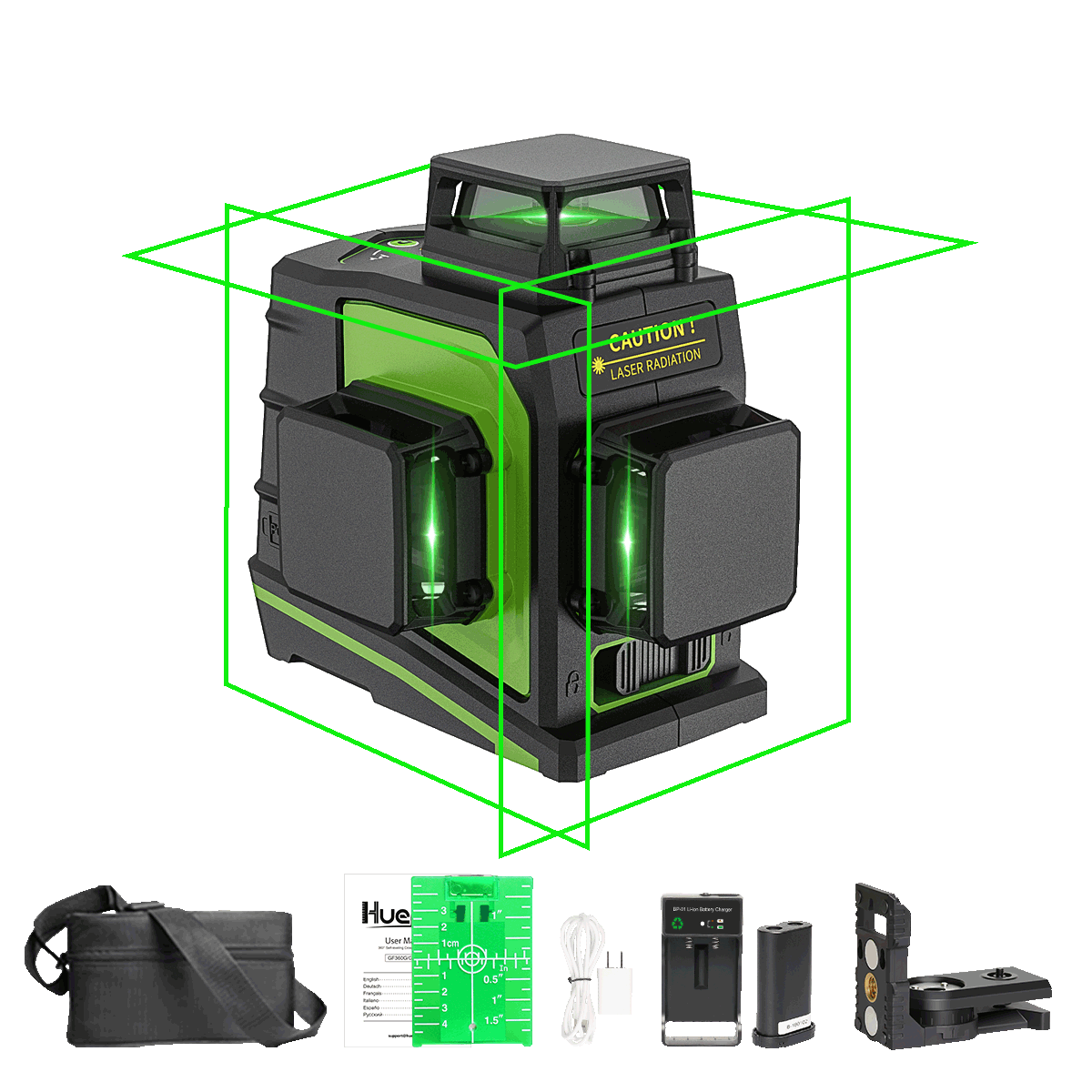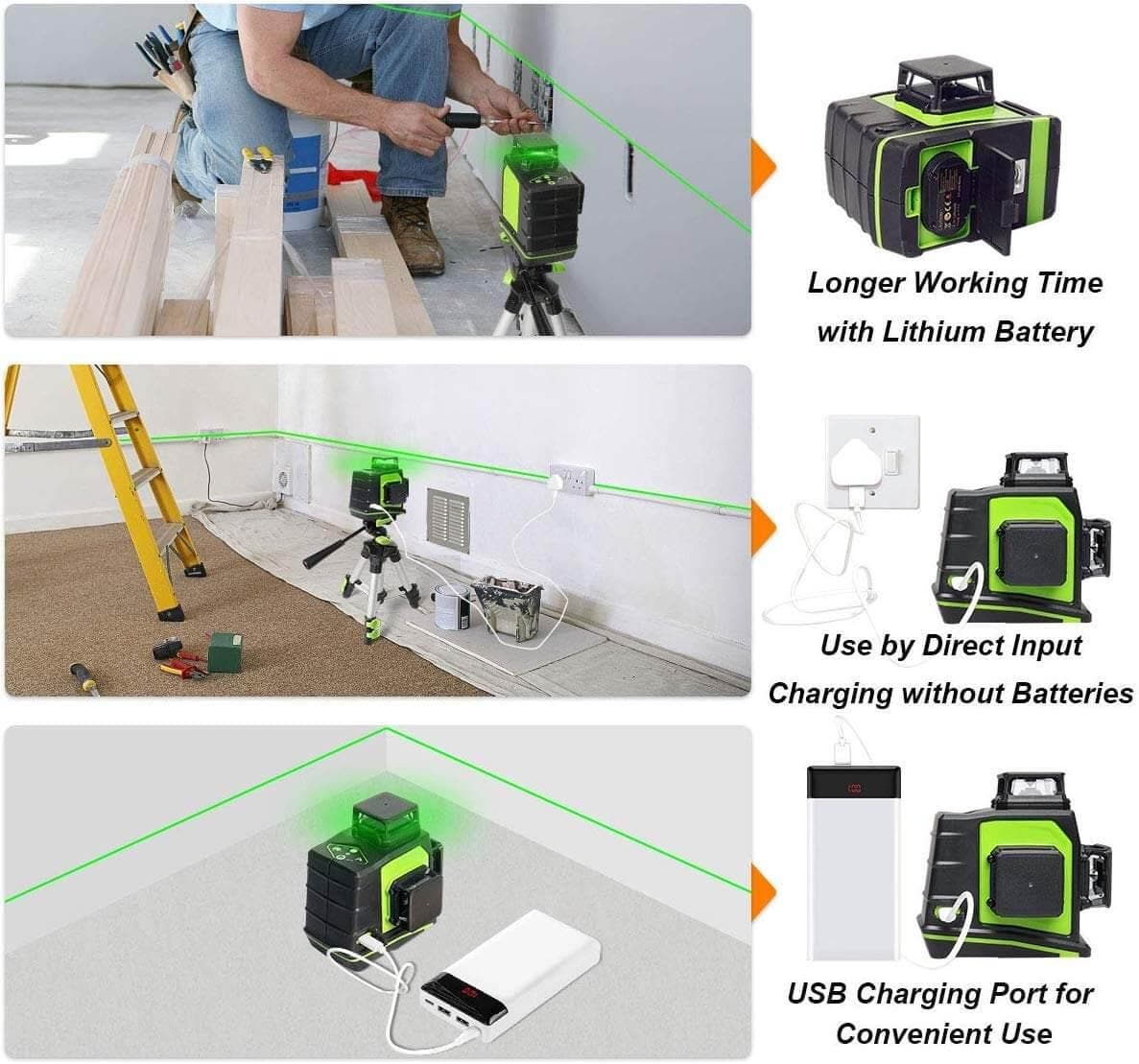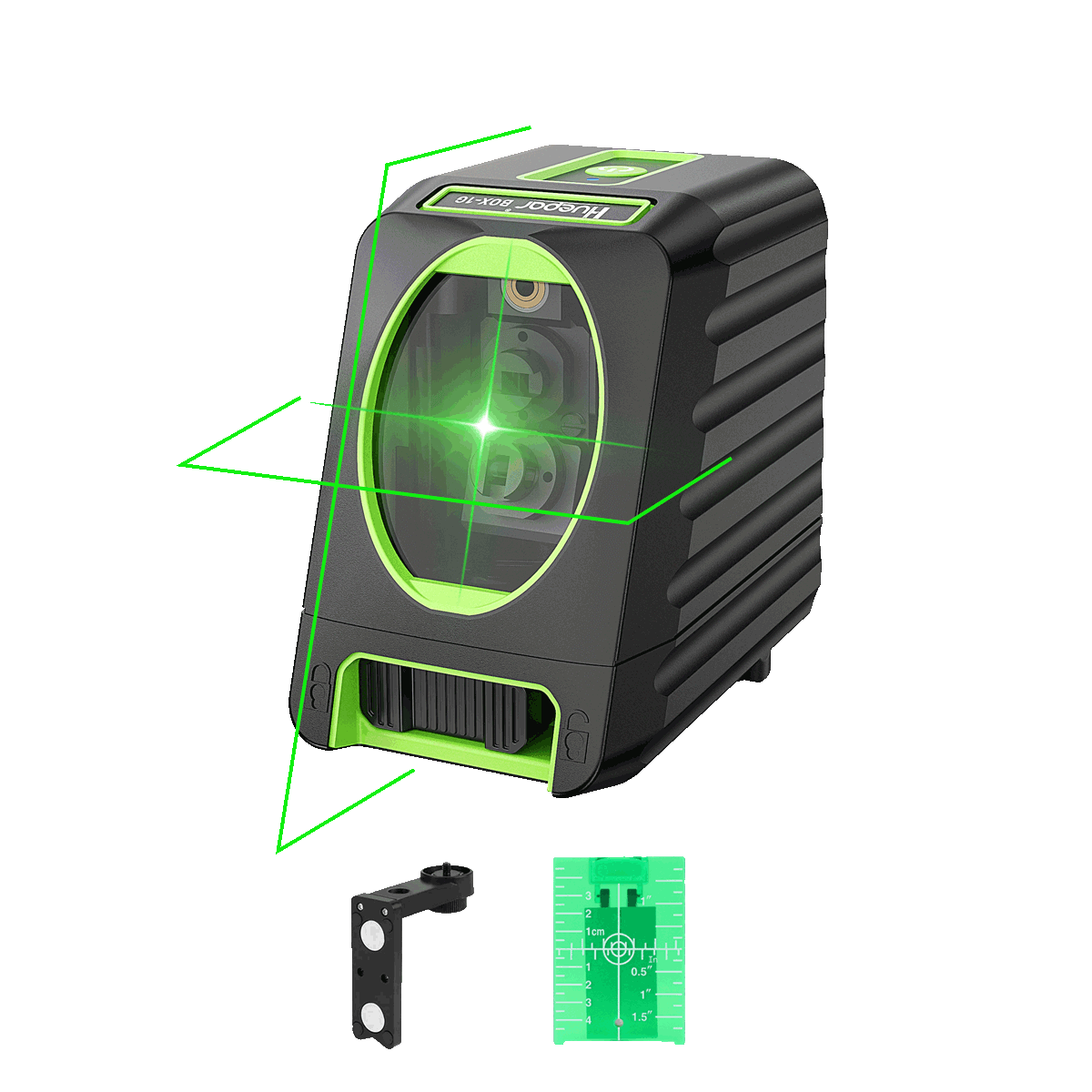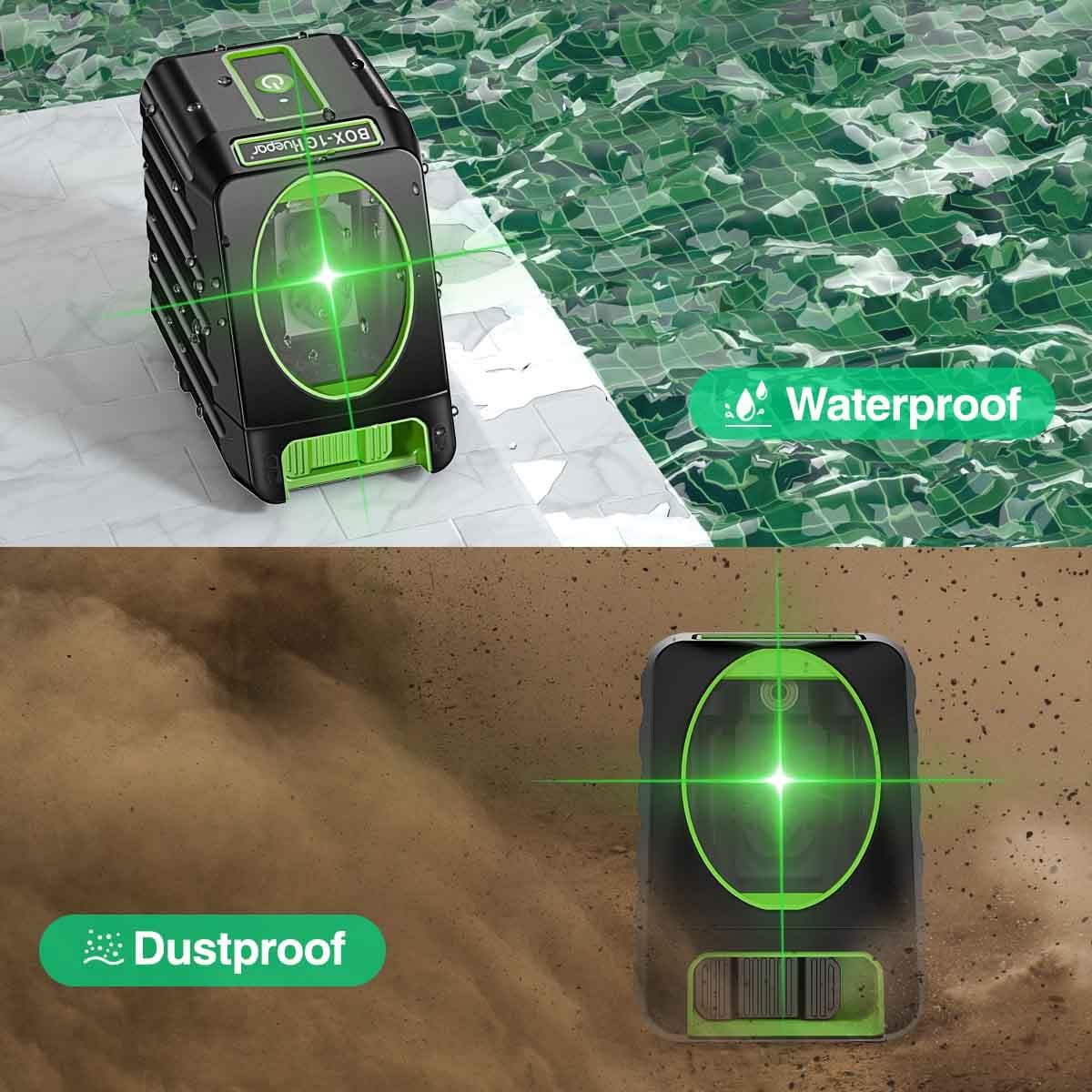
How to Use a Grade Laser?
What is a Grade Laser?
A grade laser is an optical leveling device that will enable you to precisely set and hold sloped or graded surfaces when undertaking construction work such as laying driveways, ramps, parking lots, and drainage lines. Unlike standard rotary laser levels that project only one level 360-degree plane, grade lasers are capable of projecting angled laser planes to match required gradients or slopes.

The most important advantage of a grade laser is that it automatically sets and locks in desired slopes or gradients with high accuracy. This saves from manual adjustments and calculations, hence saving much time and labor involved in grading. Grade lasers increase efficiency by allowing you just to dial in the required slope percentage, and the laser will self-level and tilt its laser plane to match that slope angle. Immediate grade projection via automation means grading perfection across the entire project area.
Types of Grade Lasers
Grade lasers are classified into two main types - single-slope and dual-slope lasers.
Single-Slope Grade Lasers
It provides an emissive projection on one axis only, either the A or B axes, simultaneously or in the execution of creating the single axis reference plane on either horizontal slopes for drainage applications or on slope grading on vertical planes. Grading jobs with minimized complexity go better using single-slope lasers.
Dual-Slope Grade Lasers
A dual slope or dual grade laser refers to a rotary laser capable of projecting laser beams along both the X and Y axes simultaneously. You can create two perpendicular sloped reference planes in one operation. Dual slope lasers provide more flexibility for complicated grading and leveling over large areas.
Another major differentiating point is whether the grade laser is a manually, or an automatically, self-leveling model. A manual grade laser relies on actually physically tilting the laser head to a desired slope. An automatic self-leveling grade laser internally changes its mechanisms to match a slope that you dial into it digitally. Automatic models save tons of time and energy over manually sloping the laser.
Required Equipment
To use a grade laser effectively, you'll need the following tools:
-
Self-Leveling Grade Laser: This is the main instrument that projects the laser beam and allows you to set the desired grade or slope.
-
Tripod: A sturdy tripod is essential for securely mounting the grade laser and ensuring stability during operation.
-
Grade Rod (Leveling Rod): This is a vertical rod with measurement markings, used in conjunction with the laser receiver/detector to determine the desired grade or level.
-
Laser Receiver/Detector: This handheld device detects the laser beam and provides audible or visual signals to help you align the grade rod with the projected laser plane.
Having these necessary tools will allow you to precisely determine and maintain the necessary grade or slope for your construction or grading project.
Setting Up a Grade Laser - Manual Mode
-
Place the tripod on firm ground and stabilize it by driving the pointed tripod feet into the ground. This will prevent the tripod from shifting during operation.
-
Mount the grade laser on the tripod and aim it in the desired direction for the slope. Turn on the laser and allow it to self-level, at which point it will rotate and project a horizontal laser beam.
-
Switch the laser to manual tilt mode by pressing the corresponding button on the laser's control panel or remote (refer to your manual for specifics).
-
Decide on the grade or slope percent you need to achieve. Take an original level position using a grade rod or leveling rod and laser detector at a known distance from the laser by sliding the detector until it picks up the beam.
-
Mark on the grade rod the original level position. Then drop the detector down on the rod by the calculated amount for your slope in test-a for example 100mm for a 1 in 60 slope.
-
Tilt the laser beam manually upward or downward by use of the adjustment buttons until the laser beam comes onto the new detector position on the rod.
-
Return the detector to the original level mark on the rod.
-
Dig out or add soil as needed until the detector picks up the tilted laser beam at the rod's original level position.
-
Repeat step 8, moving along the slope line to ensure you are maintaining the set grade.
Setting Up a Grade Laser - Automatic Mode
The automatic grade match mode makes using a grade laser incredibly simple and straightforward. Here are the step-by-step instructions:
-
Set up the tripod on stable ground and ensure it is secure by pressing the steel pointed feet into the soil.
-
Mount the grade laser on the tripod, power it on, and allow it to self-level and begin rotating horizontally.
-
Take the laser detector/receiver rod to the area you want to grade. Slide the detector up and down the rod until you locate the laser beam's position.
-
With the detector at the beam's level, enter the desired grade percentage or slope into the laser's control panel or remote. Depending on the model, it will beep or display a message confirming the grade has been set.
-
The laser beam is now projecting at your specified slope. Dig out soil and lower the rod, or add soil and raise the rod, until the detector picks up the beam again.
-
Move along your grading area, repeating step 5 and matching the soil level to the projected laser beam.
The automated grade match eliminates manual adjustments of the laser. Simply dial in the slope, and the laser takes over, projecting the beam at your desired grade for easy, accurate grading.

Choosing the Right Grade Laser
With the many options available for a grade laser, choosing the correct grade laser for your application can be very overwhelming. Here are a few key points to consider:
Grade Capabilities: Choose whether you will need a single-slope or dual-slope grade laser. Single slope lasers are designed to project a beam in one axis at one time, whereas a dual slope laser is capable of projecting beams in both the X and Y axes for more versatile applications.
Accuracy and Range: The various grades of lasers have different accuracies and operating ranges. Consider the general size of your projects and the accuracy you want, and you will be assured that you select a laser that can meet all your needs.
Ease of Use: Ensure the user interface is easy and the display readable. Some types have a remote control or even smartphone applications for easier operation.
Durability: Construction sites can be harsh environments, so choose a grade laser built to withstand tough conditions, such as moisture, dust, and impacts.
Brand Reputation: Opt for reputable brands known for their quality and reliability. Well-established manufacturers often provide better customer support and service options.
Budget: Grade lasers can vary significantly in price, so determine your budget and prioritize the features that are most important for your work.
If one is not in a position to tell which grade laser works and suits his/her particular needs, always take experts' advice. Experienced professionals will always help assess what you need, giving personal recommendations that ensure what really works best for you in making an optimum choice, considering productivity and efficiency at the site.
















